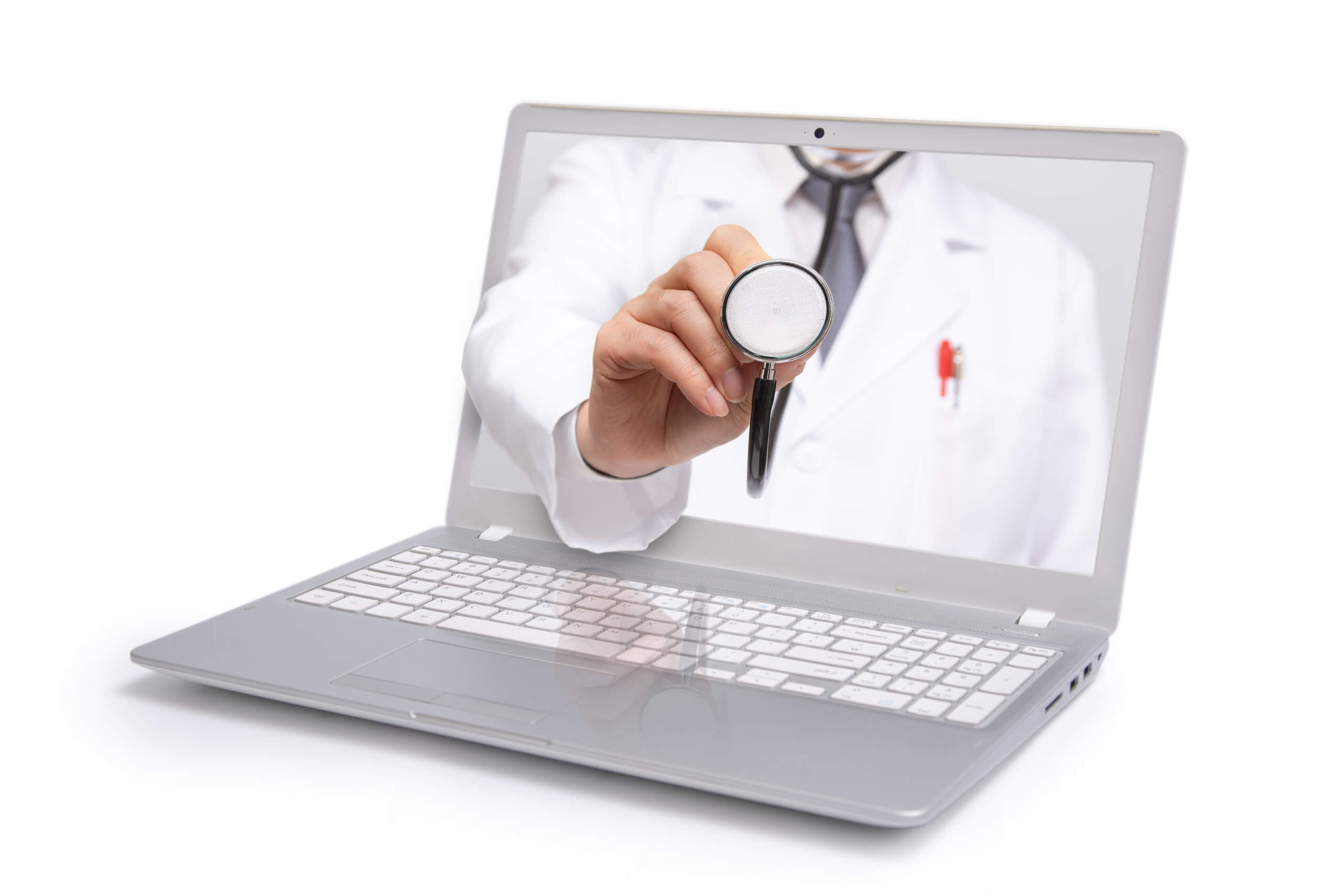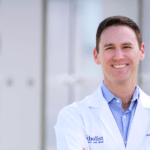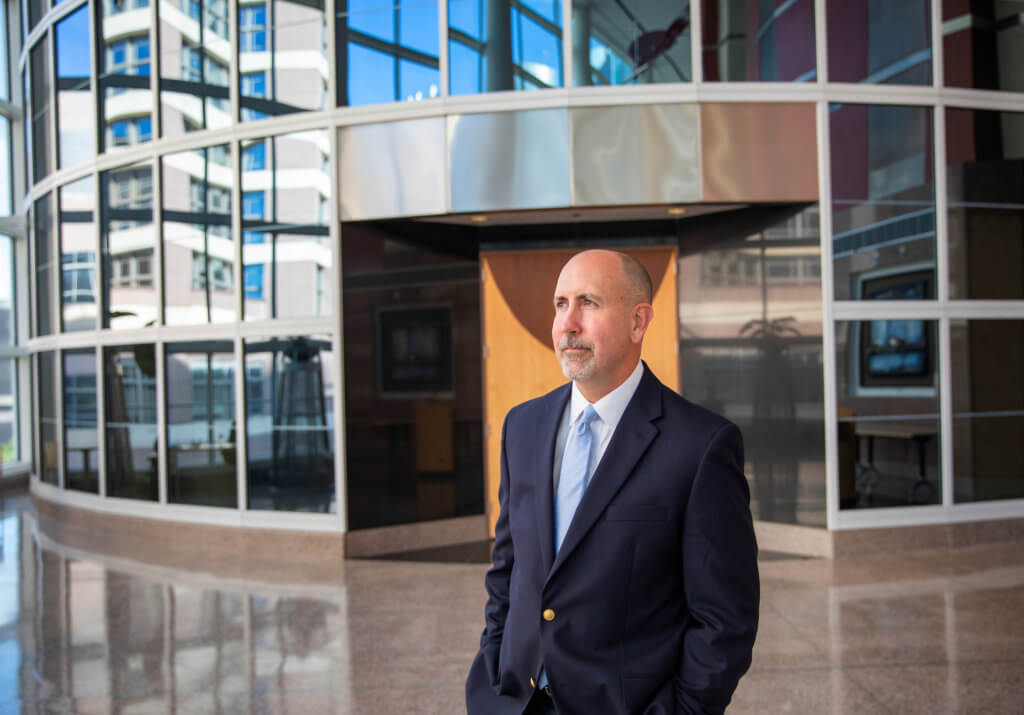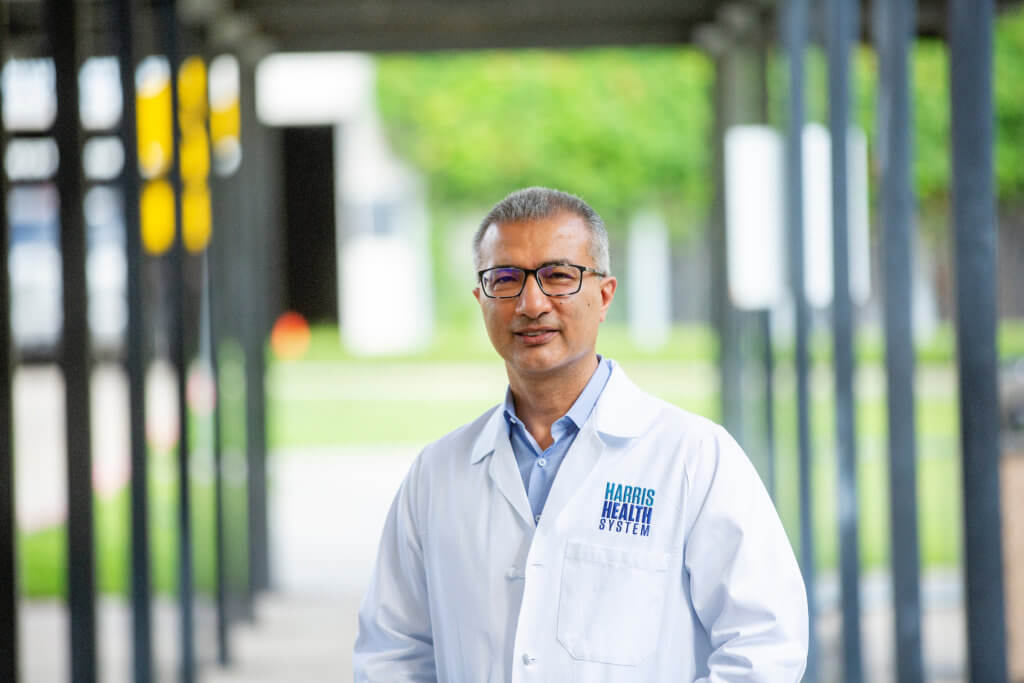Telemedicine has arrived, thanks to COVID-19

COVID-19 flipped the digital switch for Houston health care providers and patients.
Telemedicine made remote urgent care, mental health appointments, all sorts of therapy sessions and routine physicals widely available, through screen time or phone calls.
::::::::::::::::::::::::::::::::::::::::::::::::::::::::::::::::::::::::::::::::::::::::::::::::::::::::::::::::::::::::::::::::::::::::::::::::::::::
Looking for the latest on the CORONAVIRUS? Read our daily updates HERE.
::::::::::::::::::::::::::::::::::::::::::::::::::::::::::::::::::::::::::::::::::::::::::::::::::::::::::::::::::::::::::::::::::::::::::::::::::::::
Virtual visit volume multiplied 50-fold at Houston Methodist in a matter of days during the early pandemic period, from an average of 44 visits a day to between 2,400 and 2,500 visits a day during the first COVID-19 surge.

Tesha Montgomery, RN, MHA, vice president of operations and patient access for the physician organization at Houston Methodist
“That was 50 times last year’s baseline,” said Tesha Montgomery, RN, MHA, vice president of operations and patient access for the physician organization at Houston Methodist. “The crisis pushed us to accelerate beyond what we would have done.”
The momentum was built on Methodist’s virtual urgent care platform.
“Once everything hit, we started hosting daily training sessions for our physicians and over a two-week period went from 60-something to nearly 900 physicians and providers being able to provide virtual medicine across 37 different specialties,” Montgomery said.
The physician group is still conducting more than 1,000 remote visits daily, she added.
Now that Texas is experiencing a spike in COVID-19 infection rates—close to 6,000 new cases were reported on June 24, the state’s steepest single-day increase—that number could easily climb again.
New pay structure
The United States declared a national emergency in response to COVID-19 on March 13.
Social distancing, a key preventive measure for the spread of the novel coronavirus, remains a public health mandate as cases skyrocket in Texas. Telemedicine helps keep people out of doctor’s offices, emergency rooms and hospitals.
In just three months, patients, physicians and other providers have embraced virtual health care.
So have payers.
Public health emergency waivers under Section 1135 of the Social Security Act relaxed regulations. Those changes give providers the flexibility to address the challenges of treating patients with COVID-19 and provide continuing care for others with a broader range of paid virtual options.
Increased reimbursements for telehealth services from the federal Centers for Medicare & Medicaid Services (CMS) and private insurers are now available. Other recent updates include coverage for audio-only visits, physical therapists, diabetes educators and speech language pathologists.
The temporary CMS expansion, in force since March, will continue through the duration of the COVID-19 public health emergency.
Before mid-March, Baylor St. Luke’s Medical Group logged about 200 telemedicine visits per month.
“The 1135 waiver broadened the platforms we could use. They considered telephonic the same as video telemedicine, which really helped the patients. Some patients just aren’t comfortable with having the video aspect in their home,” said Rob Branstetter, chief financial officer and vice president of finance for Baylor St. Luke’s Medical Group—the physician organization that supports CHI St. Luke’s across southeast Texas. “Many patients have said not having to drive into the medical center or a physician medical office building has really relieved their anxiety during this time. It’s been a great tool and I hope folks will see it that way and continue to use it.”
In all, the Baylor St. Luke’s Medical Group clocked close to 3,000 telemedicine visits in March—about 10 percent of the month’s total visits. When stay-at-home orders took effect in April, the number escalated to just over 9,000 and just shy of 30 percent of visits, Branstetter said. As in-person appointments began to increase in May, telemedicine visits decreased slightly to about 7,500.
“As a physicians’ group, it has enabled us to stay connected with our patient community and let them know we are there and we are concerned about their health,” Branstetter said. “The physicians I’ve talked to thoroughly enjoy it. Our patients’ satisfaction scores for those who have done telemedicine and telehealth visits during this time period have rated it very highly.”
Glimpse of a patient’s world
UTHealth’s teleneurology program was prepared to stay connected to patients virtually when the pandemic arrived in Houston.

Anjail Sharrief-Ibrahim, M.D., MPH, an associate professor of neurology at The University of Texas Health Science Center at Houston’s McGovern Medical School
“The fact that we had this robust acute care telemedicine program made it very easy for neurology, including stroke, to transition to telemedicine for COVID,” said Anjail Sharrief-Ibrahim, M.D., MPH, an associate professor of neurology at The University of Texas Health Science Center at Houston’s McGovern Medical School. She runs the stroke outpatient program and conducts health disparities research.
Telehealth offers insights that an in-person visit cannot provide, Sharrief-Ibrahim said, such as a glimpse of a patient’s world and others in that space.
“Telemedicine gives us access to their home. I can see how cluttered the house is and it gives me a window into their normal life that I wouldn’t have if I were making them come to the clinic,” the neurologist said. “If the wife or sibling rolls their eyes, it gives me a signal that everything is not OK. That prompts me to probe a little bit deeper.”
At the same time, telehealth presents distinct limitations. In any format, Sharrief-Ibrahim can hear a slurred voice or the pause of a delayed response. Additionally, providers and patients may find it more difficult to get comfortable with each other in a virtual setting, she said.
“In my practice, a lot of prevention is behavior change and a lot of that depends on the relationship between the provider and the patients. I feel like it’s easier to establish that bond in person as opposed to over the video. I miss that in-person part and some of my patients have expressed the same thing,” Sharrief-Ibrahim said. “We certainly have to pay attention to the technology gap. If we rely solely on telemedicine without providing people with tools to engage in telemedicine, the technology gap can worsen the disparities gap.”
COVID-19 pressed Joshua Septimus, M.D., a primary care physician at Houston Methodist Primary Care Group’s Bellaire location, into a new primary role: online doc.
“We converted our clinic nearly 100 percent to telemedicine in mid-March. There are literally dozens of conditions that patients can safely choose video visits for rather than coming to the office,” he said. “We’re seeing that routine follow-up appointments can be safely done with high patient satisfaction over a virtual visit. For example, diabetes, depression, high blood pressure, cholesterol. On the flip side, we still need to physically examine our patients for many things, for example, abdominal pain or someone who has ear pain.”

Joshua Septimus, M.D., a primary care physician at Houston Methodist Primary Care Group’s Bellaire location
He noted the inevitable “technological hiccups” of using a digital platform.
“My medical assistants spent hours cumulatively trying to help patients get online. It’s been rocky,” he said. “There are some patients who just cannot figure out how to get their phone to allow the app to use the camera.”
Seeing a patient over a video, he added, makes it harder to read the subtle gestures and body language on display during an in-person visit.
“Telehealth is a useful tool, but it is not a substitute for seeing people in person,” Septimus said. “While this is useful and convenient for people to avoid missing work or to see the doctor for a condition that could be contagious, there is still a very significant need for in-person consultations and we can’t forget that.”
‘Efficiency and immediacy’
Jon Hartmann, president and CEO of a stone and tile design company, had his first telemedicine appointment in April.
He visited remotely with a CHI St. Luke’s family practice physician in the Champion Forest area of northwest Harris County using the Zoom platform.
“I had a bad bug. I was severely hydrated with cramping that had me hunched over. I was in a severe amount of pain,” Hartmann said. “I had some [gastrointestinal] things going on and I wasn’t in a position to get in a car and drive 20-plus minutes and be in a waiting room. The efficiency and the immediacy with the same results were welcome. I didn’t have to leave my bed. Within 24 hours, I was feeling like a million bucks. The other day I had a follow-up and I can assure you, had I not had the telemedicine portal, I would have probably canceled my follow-up appointment because I was feeling great.”
Even beyond the pandemic, widespread expansion of telehealth appears to be here to stay.
“We aspired to get to where we’re at now,” Houston Methodist’s Montgomery said. “Once COVID hit and people were staying at home and still needed care, that put pressure on our industry. We had to flip this now—and we were ready. It’s going to be very hard to turn back.”




